How coal is discovered and processed Answers
Two of the regulations for coal mining include: 1. The wastes from coal use must be disposed in secure landfill sites. 2. The building in which the coal is processed, must have a ventilation ...
 WhatsApp)
WhatsApp)
Two of the regulations for coal mining include: 1. The wastes from coal use must be disposed in secure landfill sites. 2. The building in which the coal is processed, must have a ventilation ...

Coal can be turned into gases and liquids that can be used as fuels or processed into chemicals to make other products. These gases or liquids are sometimes called synthetic fuels or synfuels. Synthetic fuels are made by heating coal in large vessels. These fuels produce fewer air pollutants when burned than burning coal directly.

Coal can be converted directly into synthetic fuels equivalent to gasoline or diesel by hydrogenation or carbonization. Coal liquefaction emits more carbon dioxide than liquid fuel production from crude oil. Mixing in biomass and using CCS would emit slightly less than the oil process but at a high cost.

Recommendation: There should be renewed support for advanced coal mining and processing research and development to optimize use of the nation''s coal resources by increasing the amount of coal that is economically minable through technological advances that .

This process results in a hard porous material coke. Coke is produced in a coke battery, which is composed of many coke ovens stacked in rows into which coal is loaded. The coking process takes place over long periods of time between 1236 hours in the coke ovens.

One can make steel out of coal, but can steel be made out of processed coal? If so, that''s a roundabout way of doing it, I think. How does one turn it into crates? I''m not planning to invest too much into coal and coal accessories unless it''s steel related, so the excess I might process for a profit if really need to.

CCTR Indiana Center for Coal Technology Research 6 COAL RANK Anthracite coal is a dense, hard rock with a jet black color metallic luster. It contains between 86% and 98% carbon by weight, it burns slowly, with a pale blue flame very little smoke

Other articles where Coal processing is discussed: coal mining: Coal preparation: As explained above, during the formation of coal and subsequent geologic activities, a coal seam may acquire mineral matter, veins of clay, bands of rock, and igneous intrusions. In addition, during the process of mining, a portion of the roof and floor material.
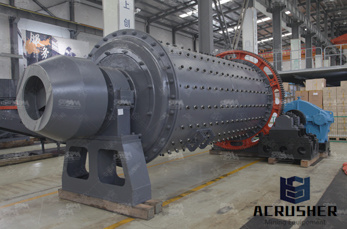
Coal needs to be stored at various stages of the preparation process, and conveyed around the CPP facilities. Coal handling is part of the larger field of bulk material handling, and is a complex and vital part of the CPP.. Stockpiles provide surge capacity to various parts of the CPP. ROM coal is delivered with large variations in production rate of tonnes per hour (tph).

In the extraction process, numerous pillars of coal are left untouched in certain parts of the mine in order to support the overlying strata. The minedout area is allowed to collapse, generally causing some surface subsidence. Extraction by longwall mining is an almost

outside the mining area for placement and storage. In the Midwest, where the surface topography and coal seams are generally flat, it is common to employ area strip mining in which the fragmented overburden is placed directly by large draglines in the space created where coal has been mined ().In some situations in the eastern United States, a coal seam occurring near the top of mountains is ...
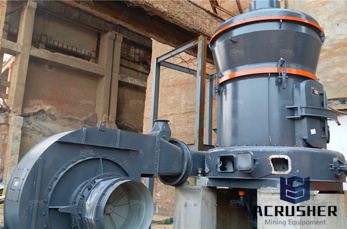
Process. The process that creates coal varies slightly in different areas depending on the plants and conditions that are present, but the overall process is similar. There are two main phases in coal formation: peatification and coalification. Bacterial activity is the main process that creates the peat during peatification.
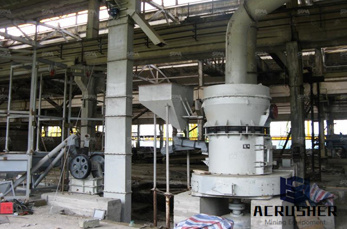
Coalfired plants produce electricity by burning coal in a boiler to produce steam. The steam produced, under tremendous pressure, flows into a turbine, which spins a generator to create electricity. The steam is then cooled, condensed back into water and returned to the boiler to start the process over.

In a coalfired steam station – much like a nuclear station – water is turned into steam, which in turn drives turbine generators to produce electricity. Here''s how the process works. 1. Heat is created Before the coal is burned, it is pulverized to the fineness of talcum powder.

Coal liquefaction is a process of converting coal into liquid hydrocarbons: liquid fuels and process is often known as "Coal to X", where X can be many different hydrocarbonbased products. However, the most common process chain is "Coal to Liquid Fuels" (CTL).

The US Coal Industry in the Nineteenth Century. Sean Patrick Adams, University of Central Florida Introduction. The coal industry was a major foundation for American industrialization in the nineteenth century. As a fuel source, coal provided a cheap and efficient source of power for steam engines, furnaces, and forges across the United States.
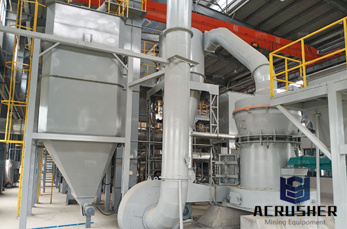
Indiana Center for Coal Technology Research 3 CCTR COAL FOR THE FT PROCESS Carbon forms more than 50% by weight more than 70% by volume of coal (this includes inherent moisture). This is dependent on coal rank, with higher rank coals containing less hydrogen, oxygen nitrogen, until 95% purity of carbon is achieved at Anthracite rank above
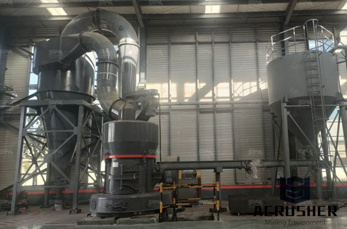
Coarse Coal Flotation Circuit. It is highly desirable to extend the range of coal flotation to include the coarser Sizes. Not only will this simplify general washery practice but will result in a superior product having desirable marketing characteristics for metallurgical and steam power plant uses.

Processing the Coal. After coal comes out of the ground, it typically goes on a conveyor belt to a preparation plant that is located at the mining site. The plant cleans and processes coal to remove dirt, rock, ash, sulfur, and other unwanted materials, increasing the heating value of the coal. Source: Energy Information Administration

Print is not supported on Firefox. Please click ''OK'' to first download this report and then you will be able to open print the downloaded pdf.

Coal combustion process and its products Fuel is any combination of organic and inorganic material. Combustion is a rapid chemical reaction in which fuel reacts with oxygen to produce heat. Upcoming Training On Chemical Cleanings of Boilers PowerPlant Equipments

Jan 15, 2016· How coal is formed. ... temperature and pressure started building up and started to transform the coal. Types of coal. The geological process of changing something under the .

Indirect coal liquefaction first combines the coal with oxygen and steam or water to produce synthesis gas (also known as syngas), which is most often a mix of carbon monoxide and hydrogen. The syngas can then be processed into liquid or gaseous fuels such as FischerTropsch liquids, dimethyl ether (DME), or methanol.

Global market leader within the sale of specialist coal for ferrosilicon and silicon production. Verdo offers specially processed coal through our subsidiary Carbon Partners. Carbon Partners is a global leader in advice on and sale of specially processed coal for metalworking industries.
 WhatsApp)
WhatsApp)